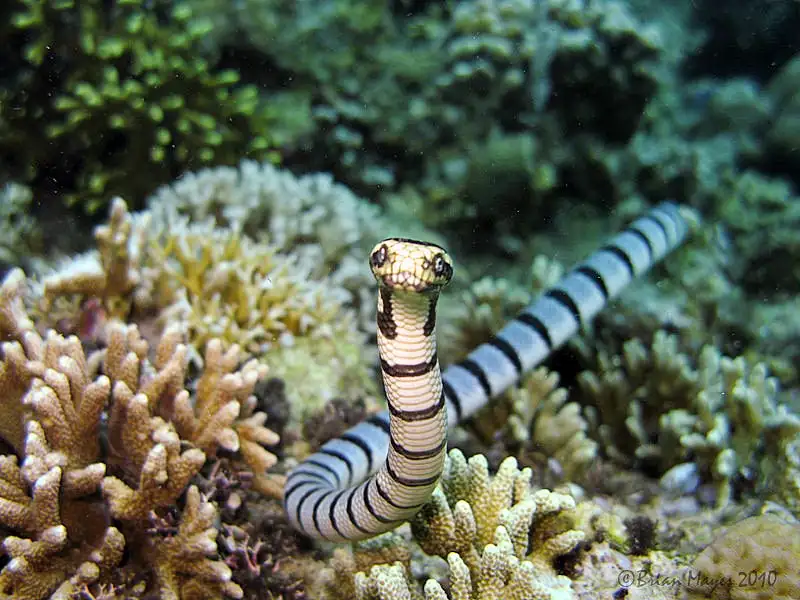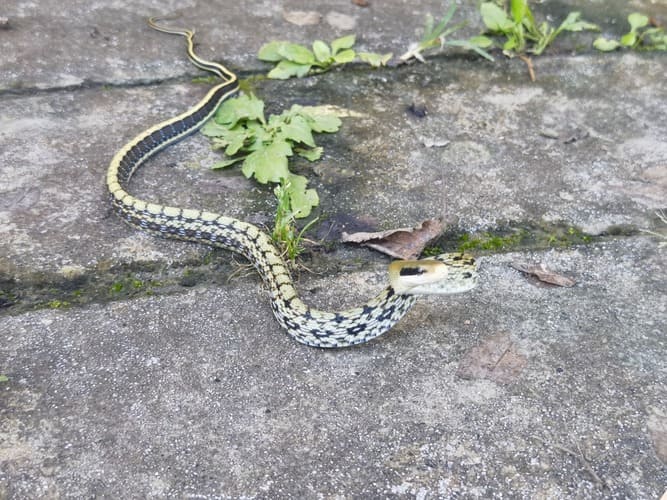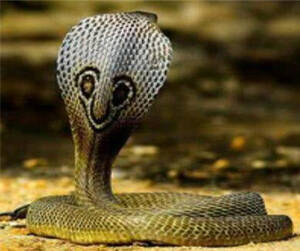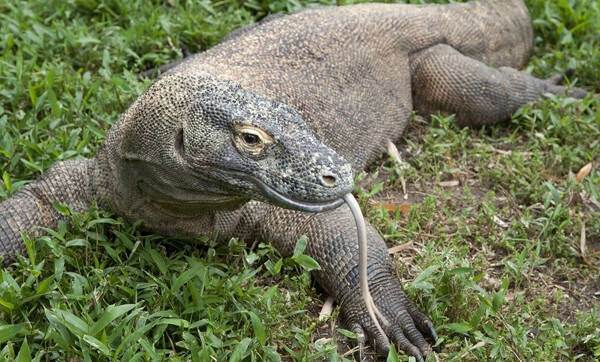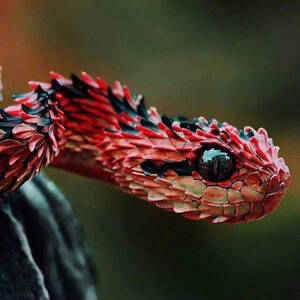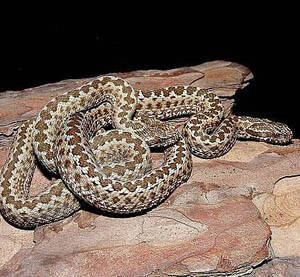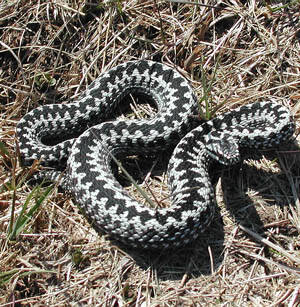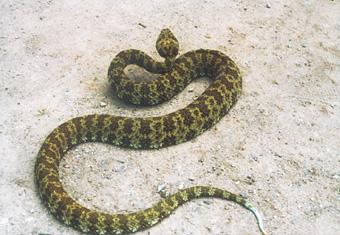Hydrophis fasciatus
IUCN
LCBasic Information
Scientific classification
- name:Hydrophis fasciatus
- Scientific Name:Hydrophis fasciatus,Sea Snake,Ringed sea snake
- Outline:Squamata
- Family:Elapidae S.snake
Vital signs
- length:About 1 meter
- Weight:No verification information
- lifetime:About 20 years
Feature
Back side dark grey with black rings
Distribution and Habitat
It is distributed in the coastal areas of India, Myanmar, the Gulf of Thailand, the Philippines, Indonesia, the coastal areas of New Guinea, and the coastal areas of Guangxi, Guangdong, Hainan, and Fujian in mainland China.
Appearance
The total length is about 1 meter. The head is small, the front part of the body is slender, the back part is flattened, and the nostrils are dorsal. There are 7 (2-2-3) or 6 (8) scales on the upper lip, no cheek scales, 1 scale before and after the orbit, 1 (large) + 2 (1 large and 1 small) temporal scales. There are 30 to 32 rows of dorsal scales on the neck, 47 to 49 rows at the thickest part, which are hexagonal, arranged in an inlaid pattern, with ridges or tubercles; there are 360 to 442 ventral scales, with 2 parallel tubercles; the anal scales are large, 4. The back is dark gray, with 49 to 60 + 4 to 6 complete black ring spots, which become narrower on the sides of the body, and the spots are yellow-white.
Details
The Latin name of the ringed sea snake is Hydrophis fasciatus, which is a highly venomous snake.
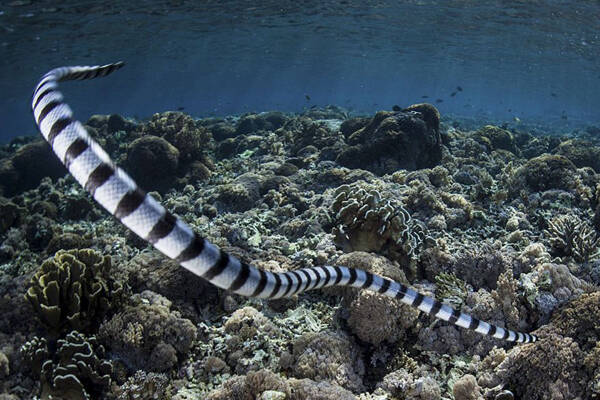
The ringed sea snake lives in the sea and mainly feeds on small eels and squids.
The sea snake is ovoviviparous. In September, a baby snake of 350 to 400 mm was collected in Hainan (the umbilicus was still visible, indicating that it was a newborn baby snake).
It is included in the "National List of Terrestrial Wildlife with Important Economic and Scientific Research Value" issued by the State Forestry Administration of China on August 1, 2000.
It is included in the second level of the "National Key Protected Wildlife List of China".
Protect wild animals and eliminate game.
Maintaining ecological balance is everyone's responsibility!

